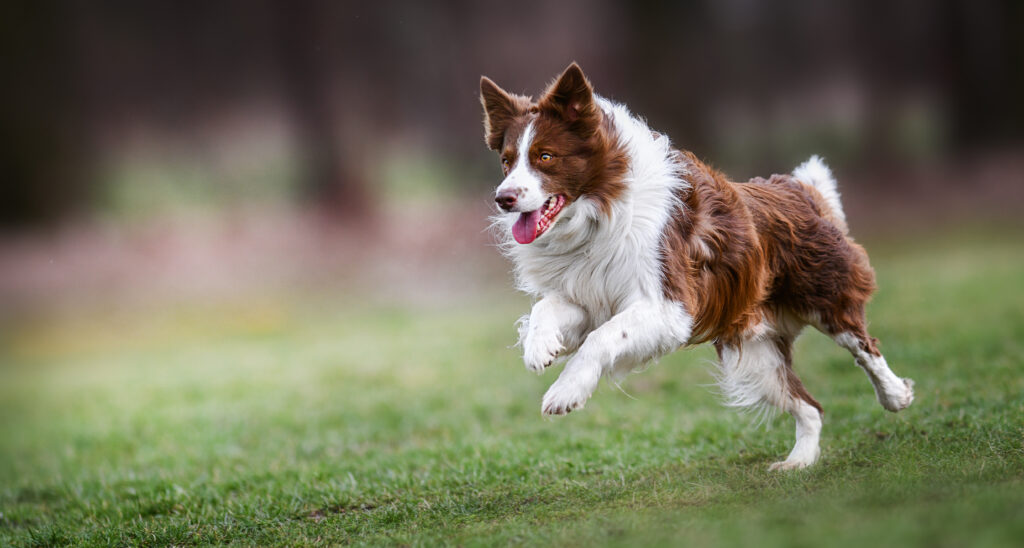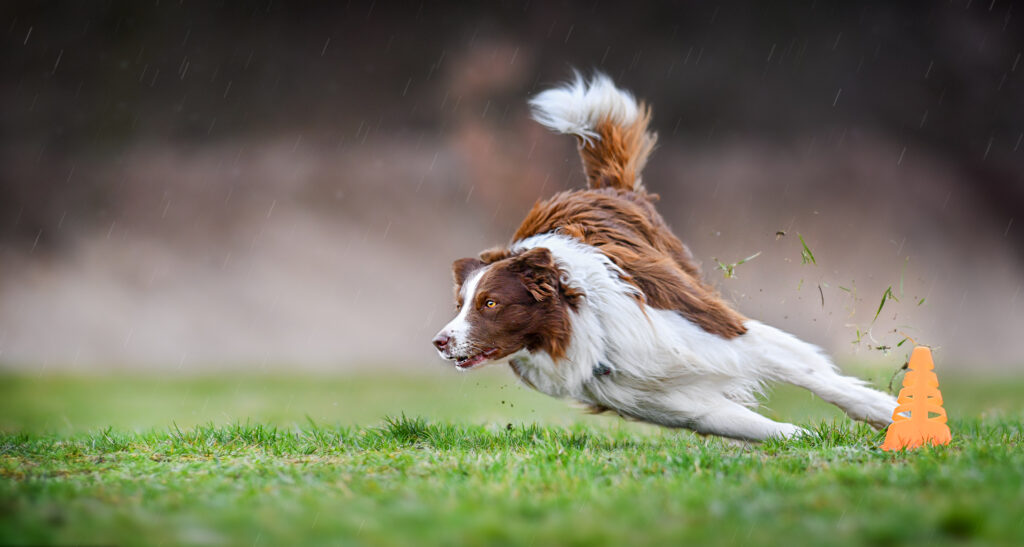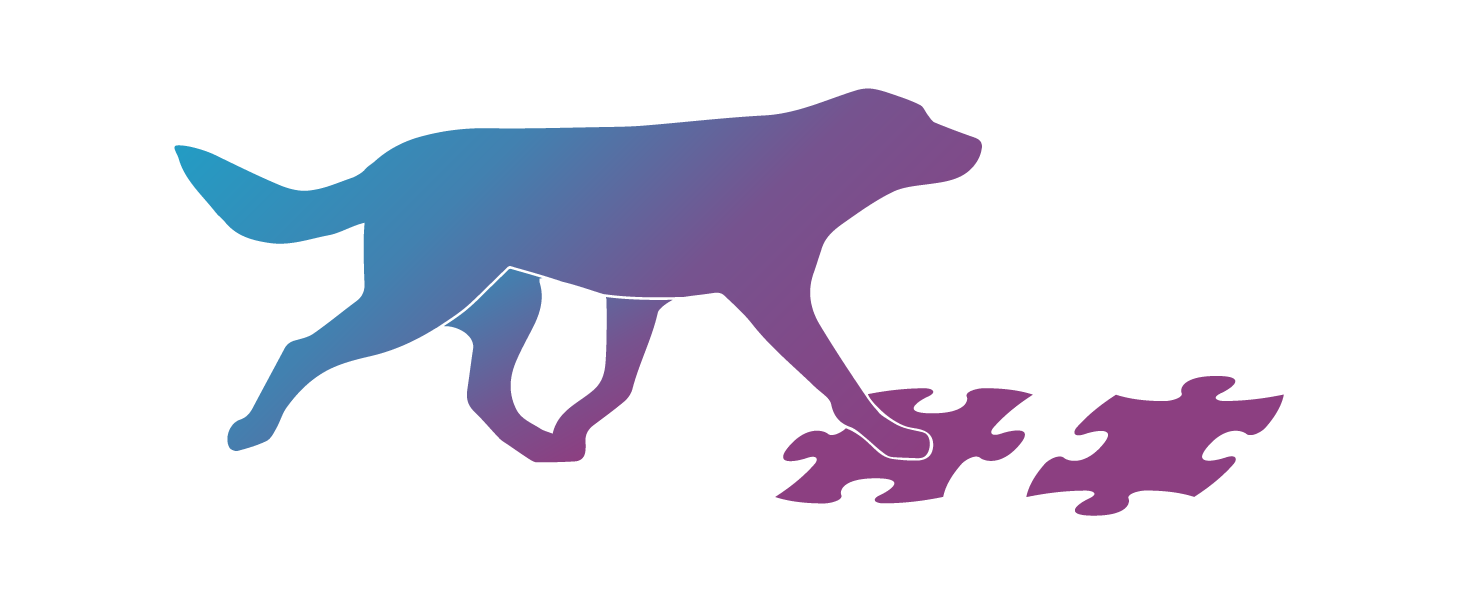Balance really is a very complex topic, encompassing so many different elements and areas of physical training. In dog physical skill/fitness training we often see the term “balance” being used mostly in the context of working on unstable surfaces. Where the dog has to put some effort into maintaining his body position while the surface underneath him is wobbling. But this just a tiny little part of balance. The reality is way more complex. Most of the time our dogs need to have good balance during movement! And, as it comes out, not only to stay upright and not fall over…
Linking movement to balance
Alexandra Kurland has been publishing a sequence of talks with Helene Lawler on balance in her Equiosity podcast. Two of my most favorite animal trainers getting together for a good chat – it’s a real treat! In the most recent episode, #128 (click here to listen), Alexandra Kurland explains in length what she understands under the term “balance”. It’s not something static or stationary, but rather closely linked to movement.
As per my own understanding of what Alexandra Kurland said, having good balance during movement means that different movement speeds and directions become equally available. In slow movements, when moving with good balance, we and dogs both should be able to freeze mid movement and be able to maintain that frozen position with ease. From that position, we (again, both humans and dogs) should be able to continue the movement in a different, new direction. That directly links balance to the ability to control every inch of movement.
There are definitely moments during the movement when it’s quite impossible to freeze and stay in the position. Think of the dog pushing to a jump! I can’t really imagine my dog staying in that position, front feet off the ground, pushed so far into the jump movement cycle that only one rear paw is touching the ground. For movements where there is actually quite a bit of momentum pushing the movement forward, it may not possible to freeze, even when the movement is balanced. Instead, it may help to think about decelerating to a stop at the end of the movement cycle, that is when the dog has landed from a jump.

In the episode #128 Alexandra Kurland explains that when our four-legged learners come to a stop from movement, the end position should be a position that makes all movement directions equally available. The stop from the movement should often be a balanced stand. When coming to a stop from a straight run, the balanced stand is often the body position that makes it easy to start movement in a completely different direction.
Balance during movement means that the dog is able to change the movement speed and direction with ease.

Identifying balance problems
Now think about all these dogs you know (and maybe own) who find it difficult to decelerate from a full power run. You can see them registering the cue for a stop (or maybe a 180 degree turn when you call their name on a forest trail), and taking a long time to physically brake. Maybe it has even cost you some points in the obedience trial!
Or dogs who find turns challenging. They brush against the jump wing, knock he cones over when running past, or struggle with a lead leg change right at the most critical moment.
I’ve heard these problems so often labelled as a breed characteristic or the dog being careless or clumsy. The solution often seems to be to accept this part of your dog, change the breed or train more and harder, focusing on the outcome that is desired.
You can always improve your dog’s balance skills!
Could it be that instead of “clumsiness” and “carelessness” being a fixed part of your dog, these movement challenges actually originate from the lack of balance skills during movement? Most of the dog sports require impeccable motor control and balance during movement from our dogs. Yet the only balance training we do focuses on fairly stationary exercises.
We hope that our dogs learn these movement skills during sports training, while juggling learning the cues, reading our body language, and trying really hard to get the exercise right. Try to put yourself into that position and imagine how well can you focus on controlling your every single movement while having so many other things to work on!
I’m a huge fan of taking the physical skills, or movement skills – like balance during movement, precision, gait adjustment, deceleration skills – out of the sport training context and focus on teaching these skills separately to our dogs. Like human athletes do!
It’s no easy task to do, because first we have to make sure we have a system in place to communicate the required exercise to the dog. We have to remove ourselves from the picture as much as possible, so that our dogs don’t have to focus on us and our cues, but focus on their own movement instead. We have to work on clear handler mechanics not to distract our dogs during the movement exercises. We have to make sure that the training is set up force free and based on dog’s own initiative – learning movement skills can only happen when the learner is feeling safe. And on top of everything we have to figure out how to structure the exercise so that it would work on the challenging movement skills!
Does your dog find stopping or turning challenging? Leave me a comment below!
See you soon!
Happy training!
Mari & Co.
